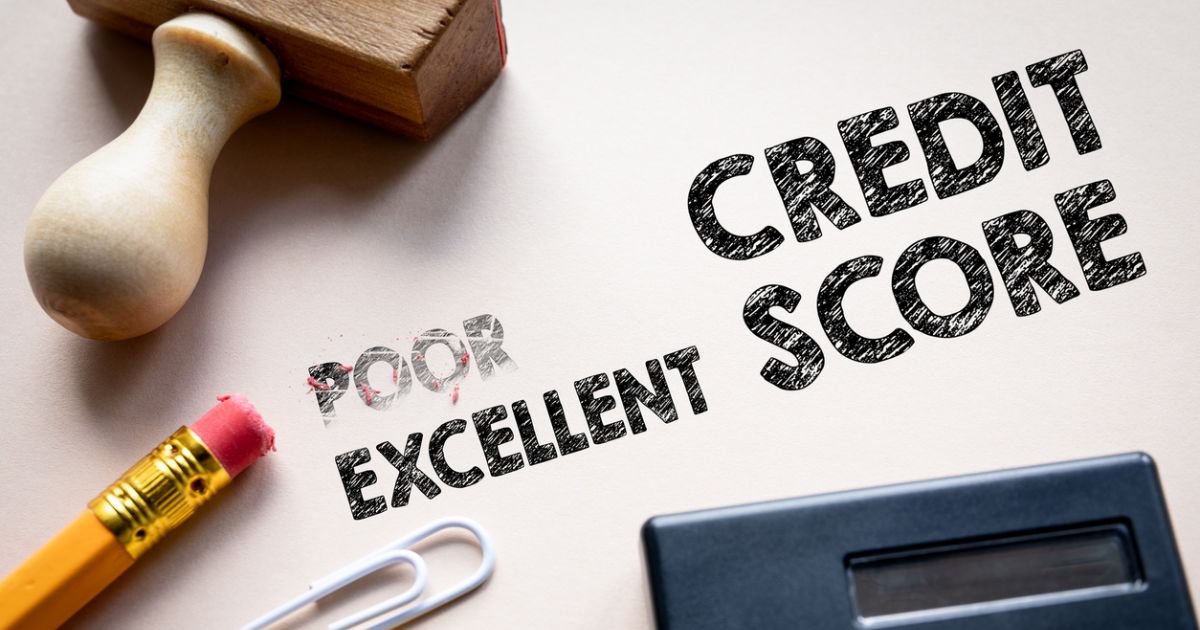
How Can I Repair My Credit?
If you’re human, chances are pretty good you’ve made a mistake or two or run into some bad luck. Life happens. When it comes to struggling with bad credit, you are definitely not alone.
The good news is that even some pretty serious financial mishaps can be turned around with time, patience, and positive decisions. If your credit is less than stellar, here are some ways you can get back on track.
Check Your Credit Report
The first step to repairing your credit is understanding it. Request a copy of your credit report (you can do this through Experian) and learn how to read the report like a future lender.
Your report will include personal information, such as names, birth date, Social Security number, current and past addresses, and current and past employers. It will also include a list of all your credit accounts, loans, balances, payment history, and account status. Finally, it will include any bankruptcies and recent inquiries into your credit report.
While most of the information on your report probably won’t come as a surprise, errors can and do pop up, potentially jeopardizing your credit score. Any negative information on your credit report will remain there for 7-10 years, so it’s important to dispute inconsistencies. In some cases, discrepancies can even signal fraudulent activity or identity theft.
Pay Bills on Time
While you can’t change any late payment statuses from within the past 7-10 years, you can commit to paying your bills on time from this point forward, and that is a big first step toward improving your credit. If you fall upon hard times one month, prioritize your bills so you can at least cover your mortgage and credit card payments first. Remember that credit report you ordered? Check your bills against the “accounts” section, and if you must pay something late, make sure it’s not an account that appears on your report.
Keep Your Credit Utilization Rate in Check
Your credit utilization rate is your balance-to-limit ratio, which is simply the ratio of what you owe to your total credit limit. It is best to keep the rate at 30% or below. So, for example, if you had a $10,000 credit limit, you wouldn’t want to owe more than $3,000. Maxing out your credit cards is definitely a bad idea!
The best way to improve your utilization rate, of course, is to pay off our account balances. You can also increase your total available credit by asking for a limit increase or opening a new credit account. Of course, if either of these actions results in your racking up an even bigger balance, you should avoid increasing your credit.
Think Long Term
There are no quick fixes when it comes to repairing your credit. However, the long-range nature of developing a credit history can also work to your advantage. FICO’s credit scoring models reward people with longer credit histories by factoring in the average age of their accounts, going back to the oldest. For this reason, you may want to think twice before closing an account, even if you’ve paid it off (but only if you can keep it paid off).
Get Support
If managing your debt continues to feel overwhelming, you may want to consider seeking support from a reputable credit counseling service. Many of these services are offered free of charge. They can help you set goals and come up with a plan, including a form of debt consolidation.
While you may not be able to repair your credit overnight, you can make the choice today to educate yourself about your report, set goals, and get on the path to greater financial health.


